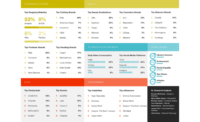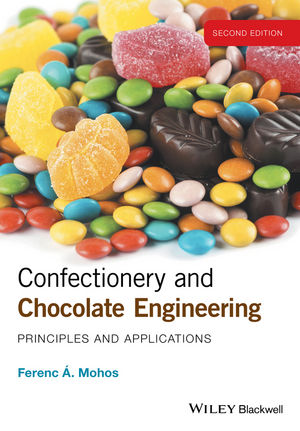Why researchers are using an ultrasound on Belgian chocolate
Researchers from KU Leuven, Belgium use ultrasound to check crystallizing method.

The quality of Belgium's famous chocolate largely depends on the crystals that form during the hardening of the chocolate. And now, researchers from KU Leuven, Belgium, have developed a new and quicker way to check whether the cocoa butter is crystallizing correctly during the hardening process — ultrasound.
The method could save the chocolate industry a lot of time and money.
Belgian chocolate is a world-famous delight. But producing a divinely delicious bar of chocolate that has a beautiful gloss, makes that wonderful sound when you break it, melts in your mouth, and maintains all these qualities throughout its entire shelf life, is not easy. The crystallization of the cocoa butter — the fat in the chocolate — plays an important role in that process.
“Cocoa butter crystallizes as the liquid chocolate hardens. Five types of crystals can be formed during this process, but only one of these has the qualities we want,” explains Professor Imogen Foubert from the KU Leuven Department of Microbial and Molecular Systems. “The number, size, shape, and the way in which the crystals stick together play an important role as well.”
That’s where the ultrasound comes in.
“We’ve discovered that we can detect differences in the crystallization of cocoa butter with ultrasonic waves,” says Professor Koen Van Den Abeele from the KU Leuven Department of Physics and Astronomy.
The new technique involves sending transversal ultrasonic waves through the cocoa butter. The researchers then measure the reflection of these waves for information about the structure of the butter.
The technique is similar to the ultrasound echography used to monitor the health and growth of fetuses in the womb.
“When the cocoa butter is liquid, the ultrasonic wave is reflected in its entirety. As soon as the butter crystallizes, part of the sound wave penetrates the cocoa butter, so the amount of reflection we measure changes,” Van Den Abeele explains. “This enables us to see how the different crystals stick together, which is important for the ultimate properties of the chocolate.”
“Chocolate manufacturers currently check the quality of their chocolate ‘offline,’” KU Leuven explains. “A sample is taken from the production line to be analyzed in a lab. This method is very time-consuming, making it impossible to intervene quickly when something is wrong. As a result, a large amount of chocolate is destroyed or re-processed — a costly affair. The novel technique can be used ‘online’ to check the chocolate while it’s still on the production line.”
The researchers designed a lab prototype, which now needs to be turned into a prototype for use in real chocolate production lines. The current results were obtained with cocoa butter and need to be confirmed for actual chocolate.
The findings are the result of Annelien Rigolle’s interdisciplinary doctoral research, supervised by Foubert, who specializes in fat crystallization, and Van Den Abeele, who’s an expert in the use of ultrasound for non-destructive testing of materials such as composites, metals, and concrete.
Looking for a reprint of this article?
From high-res PDFs to custom plaques, order your copy today!










